When Quentin Tarantino burst onto the indie scene in the ‘90s with Reservoir Dogs and Pulp Fiction, he injected a healthy dose of postmodernism into American cinema by taking all the coolest moments from a bunch of existing movies and jumbling them into something that feels entirely fresh and original.
The writer-director has never shied away from his reputation for recycling scenes from previous movies, saying, “I steal from every single movie ever made. If my work has anything, it’s that I’m taking this from this and that from that and mixing them together.”
10 The Jack Rabbit Slim’s Dance Contest In Pulp Fiction (Borrowed From Bande À Part)
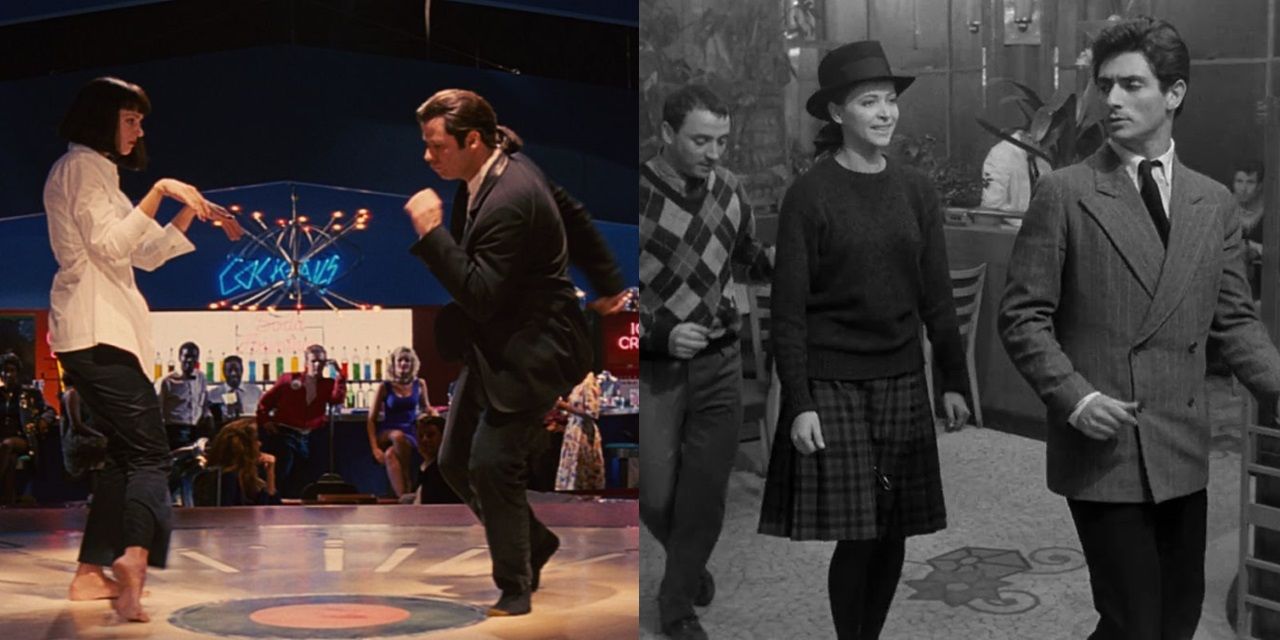
Pulp Fiction’s unforgettable Jack Rabbit Slim’s dance contest scene drew influence from a number of different sources, from Fellini’s 8½ to Disney’s The Aristocats, but the spontaneity of the sequence calls back to Jean-Luc Godard’s self-aware masterpiece Bande à part.
The freewheeling style of Godard’s early crime films can be seen all over Tarantino’s own contributions to the crime genre in both Pulp Fiction and Jackie Brown. He effectively brought Godard’s French New Wave deconstruction of American crime films to American crime films themselves.
9 The Opening Titles Of Jackie Brown (Borrowed From The Graduate)
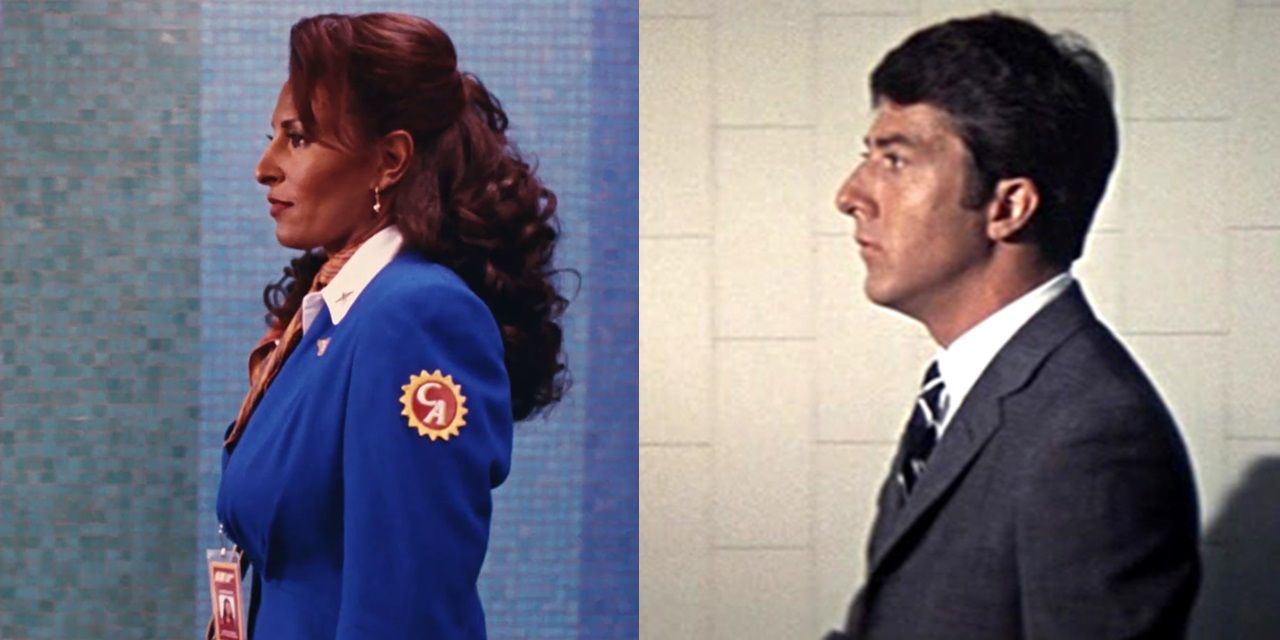
Arguably Tarantino’s most underrated movie, Jackie Brown opens with the title character, a flight attendant played by Pam Grier, gliding through Los Angeles International Airport on a moving walkway. This shot is identical to the weary Benjamin Braddock, played by Dustin Hoffman, arriving home from college in the opening scene of Mike Nichols’ New Hollywood forerunner The Graduate.
The key difference is that, where The Graduate’s opening is set to the solemn tones of Simon and Garfunkel’s “The Sound of Silence,” Jackie Brown’s opening is set to the groovy, soulful beat of Bobby Womack’s “Across 110th Street,” one of the best musical moments from the movie, taken from the blaxploitation classic of the same name.
8 The Color-Coded Names In Reservoir Dogs (Borrowed From The Taking Of Pelham One Two Three)
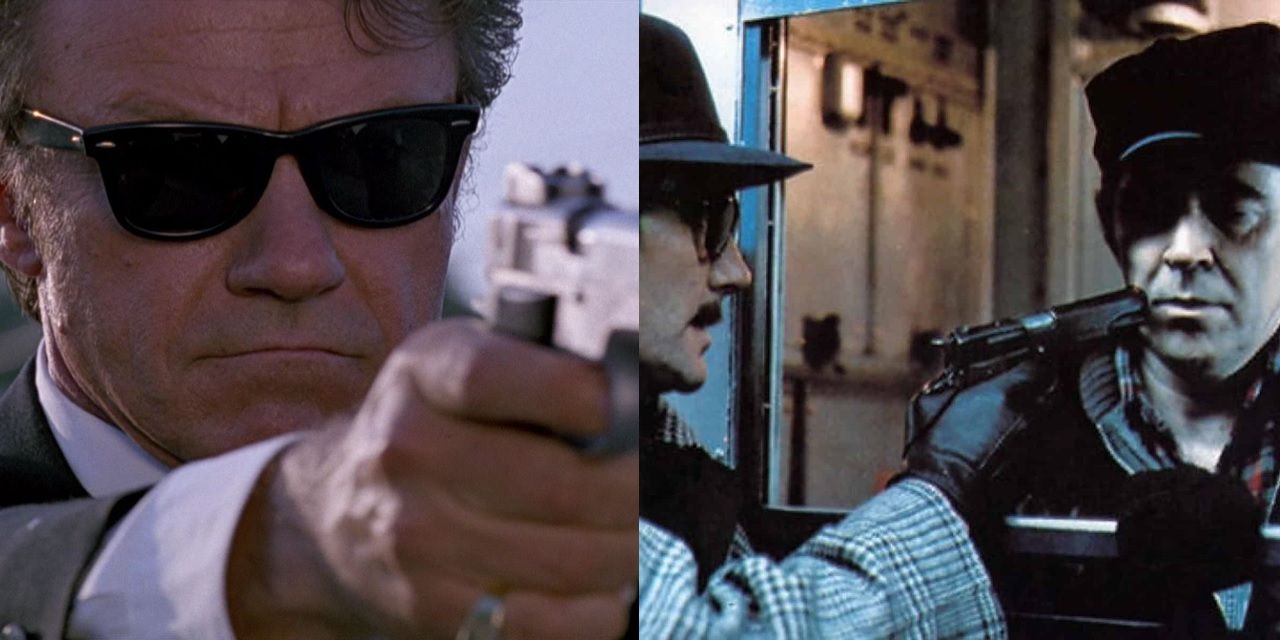
The criminals hired by Joe Cabot for the central heist in Reservoir Dogs are given color-coded names to hide their real identities: Mr. White, Mr. Orange, Mr. Blonde, etc.
This concept was borrowed from The Taking of Pelham One Two Three, a taut, masterfully crafted 1974 thriller about robbers holding up a New York subway. For the most part, though, Tarantino used different colors (except for the pseudonyms Mr. Blue and Mr. Brown, which appear in both movies).
7 Ezekiel 25:17 In Pulp Fiction (Borrowed From Karate Kiba)
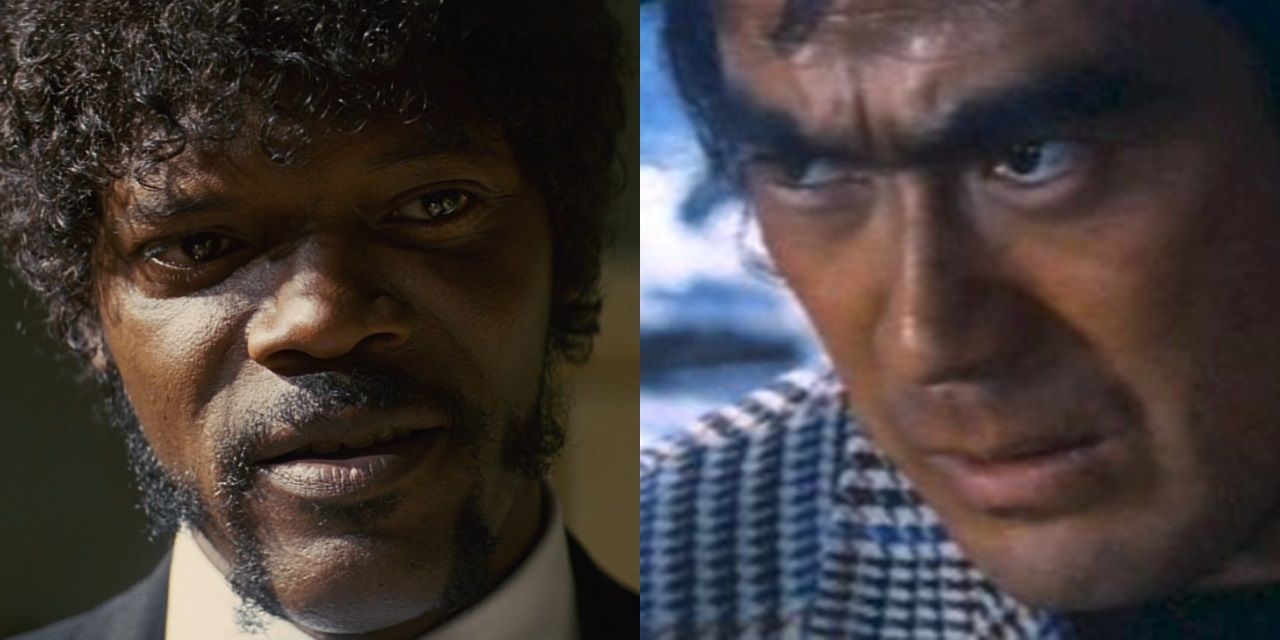
In Pulp Fiction, whenever Jules is about to kill somebody, he recites the Ezekiel 25:17 passage from the Bible. Except the version Jules tells isn’t in the actual Bible; it’s a deliberate misquote taken from the Sonny Chiba martial arts actioner Karate Kiba, also known as The Bodyguard.
Chiba is heavily referenced in True Romance, which Tarantino wrote but didn’t direct, and later played master swordsmith Hattori Hanzō in Kill Bill: Volume 1.
6 The Doorway Shot In Inglourious Basterds (Borrowed From The Searchers)
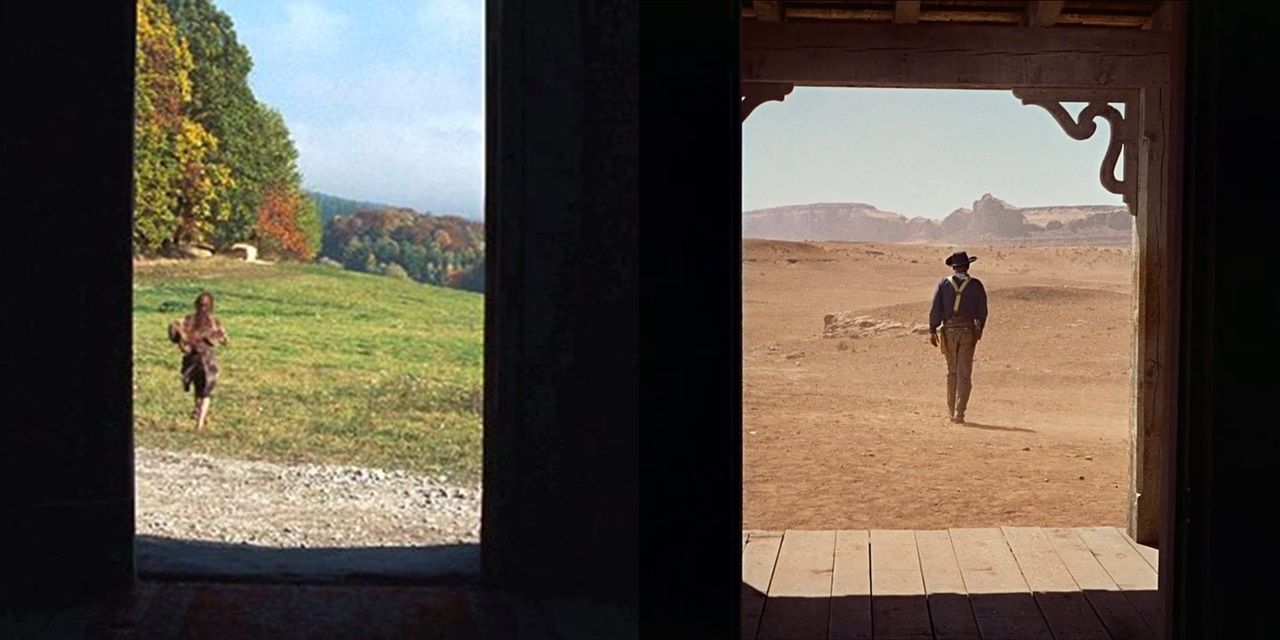
When Hans Landa’s men are done tearing up the floorboards under which the Dreyfus family is hiding in Inglourious Basterds, the sole survivor, Shoshanna, scrambles for the exit and makes a run for it. The shot of Shoshanna fleeing as Landa calmly approaches the doorway is an homage to the opening and closing shots of the classic John Ford western The Searchers.
The context is totally different, of course. Shoshanna is escaping from Nazi oppression, while John Wayne’s Ethan Edwards simply leaves his family behind and wanders out onto the frontier to find his next adventure.
5 The Ear-Slicing In Reservoir Dogs (Borrowed From Django)
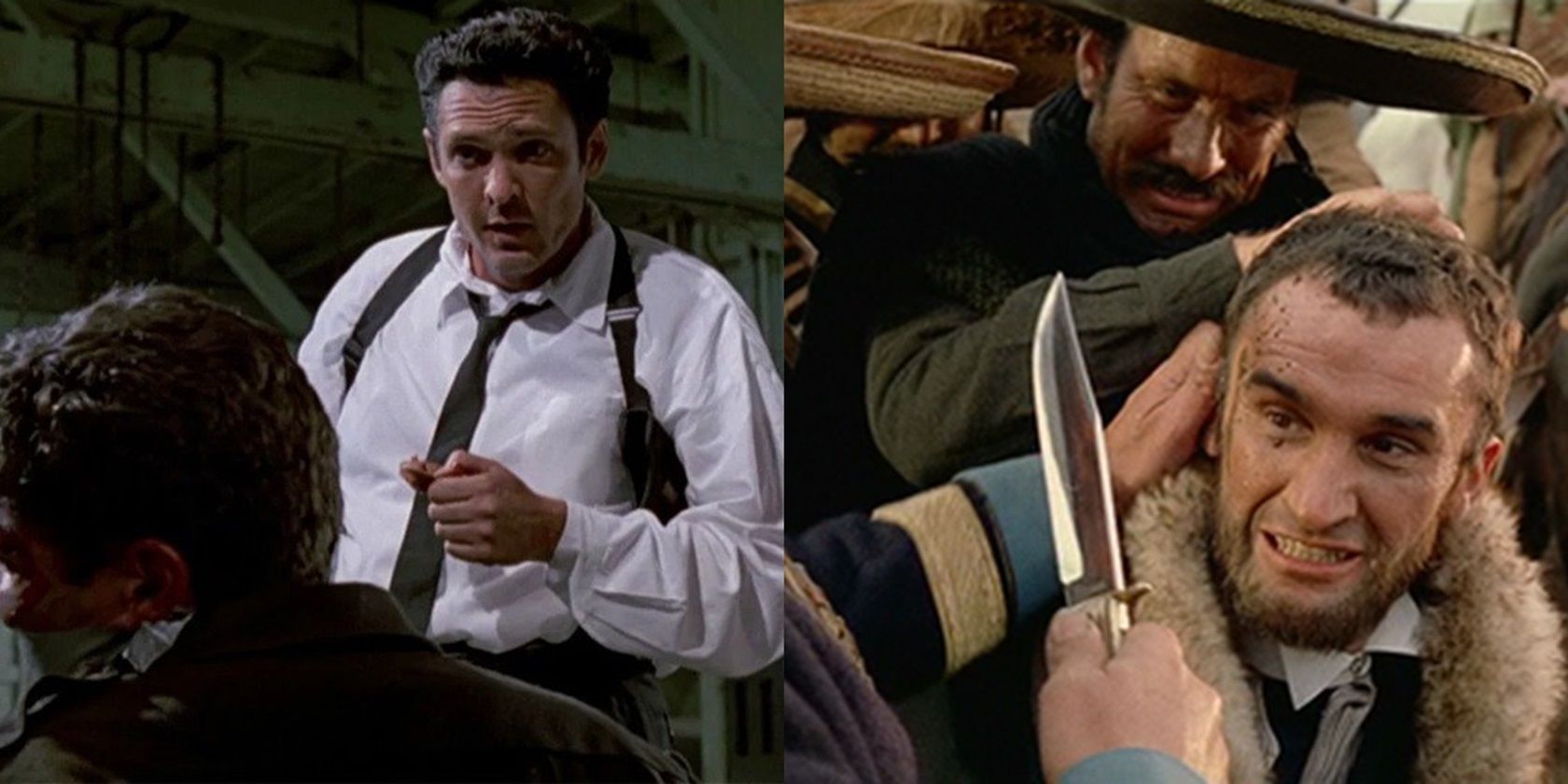
Obviously, Quentin Tarantino’s most overt homage to Sergio Corbucci’s 1966 spaghetti western masterpiece Django is his own spaghetti western masterpiece, Django Unchained, which borrows the title character’s name, Franco Nero, and Corbucci’s grim, blood-soaked aesthetic.
But Tarantino had been referencing Django as far back as his first movie. Reservoir Dogs’ infamous torture scene, in which Mr. Blonde cuts off a cop’s ear, was a direct reference to Django’s own torture scene, in which the sadistic General Rodríguez not only cuts off Jonathan’s ear; he forces him to eat it and then shoots him in the back.
4 The Bride’s Fight With O-Ren Ishii In Kill Bill: Volume 1 (Borrowed From Lady Snowblood)
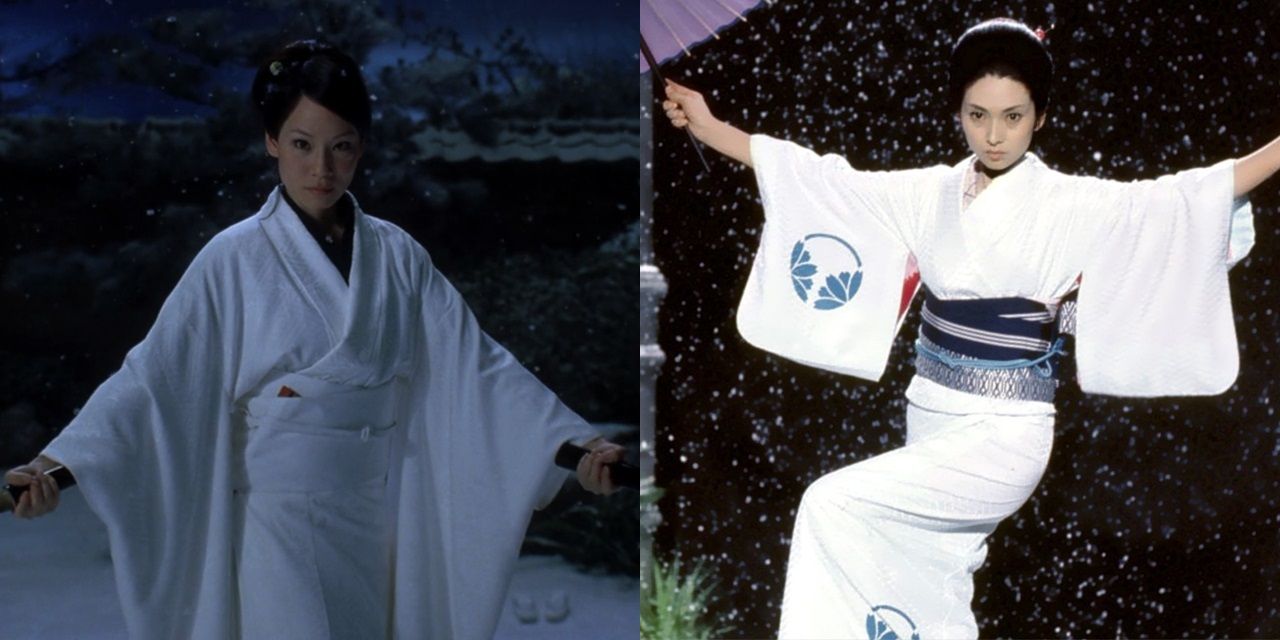
Just about every single movie Tarantino has ever seen influenced Kill Bill in some way, shape, or form. It’s easily Tarantino’s most ambitious cinematic cocktail, comprising martial arts movies, spaghetti westerns, and blaxploitation actioners.
The tone and much of the plot of the movie was taken from Toshiya Fujita’s 1973 jidaigeki classic Lady Snowblood. In particular, the visually stunning snowbound fight between the Bride and O-Ren Ishii was lifted almost shot-for-shot from Fujita’s movie.
3 The Mandingo Fight In Django Unchained (Borrowed From Mandingo)
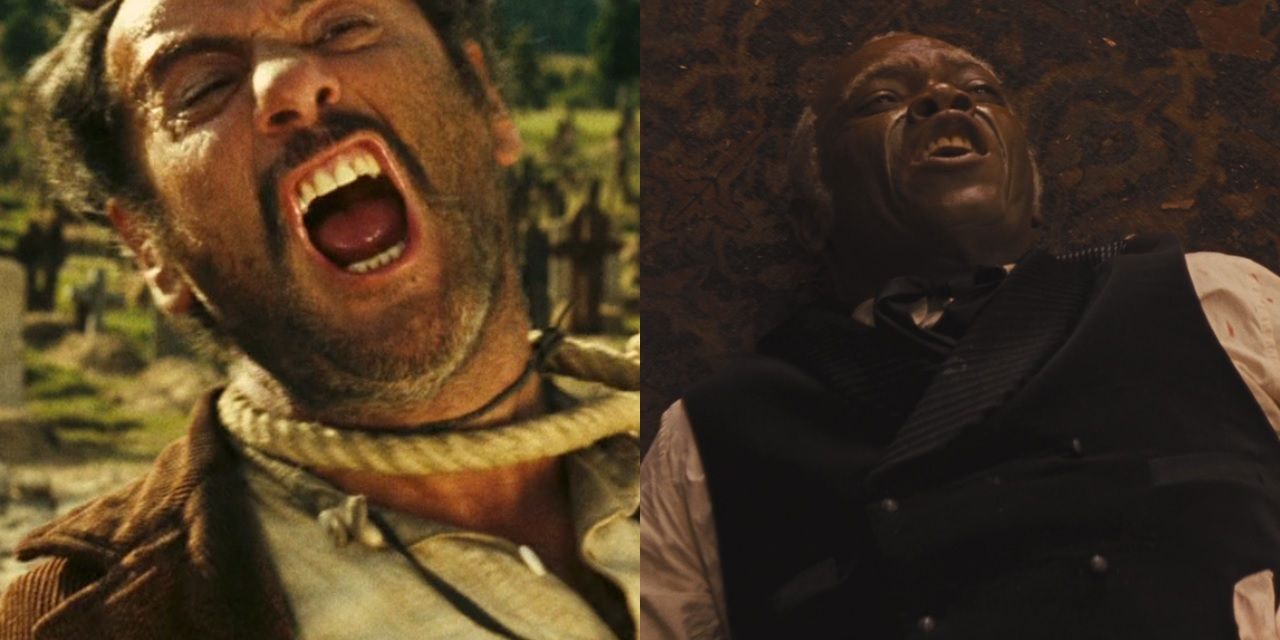
One of the most brutal and disturbing scenes in Django Unchained sees two white slavers forcing their slaves to fight to the death for money. This isn’t rooted in any hard historical evidence; rather, it’s a reference to Richard Fleischer’s 1975 exploitationer Mandingo.
According to Edna Greene Medford, a professor at Howard University specializing in slavery, Civil War, and reconstruction, “It was rumored to have occurred... but I’ve never seen any evidence of it.”
2 The Climactic Standoff In Reservoir Dogs (Borrowed From City On Fire)
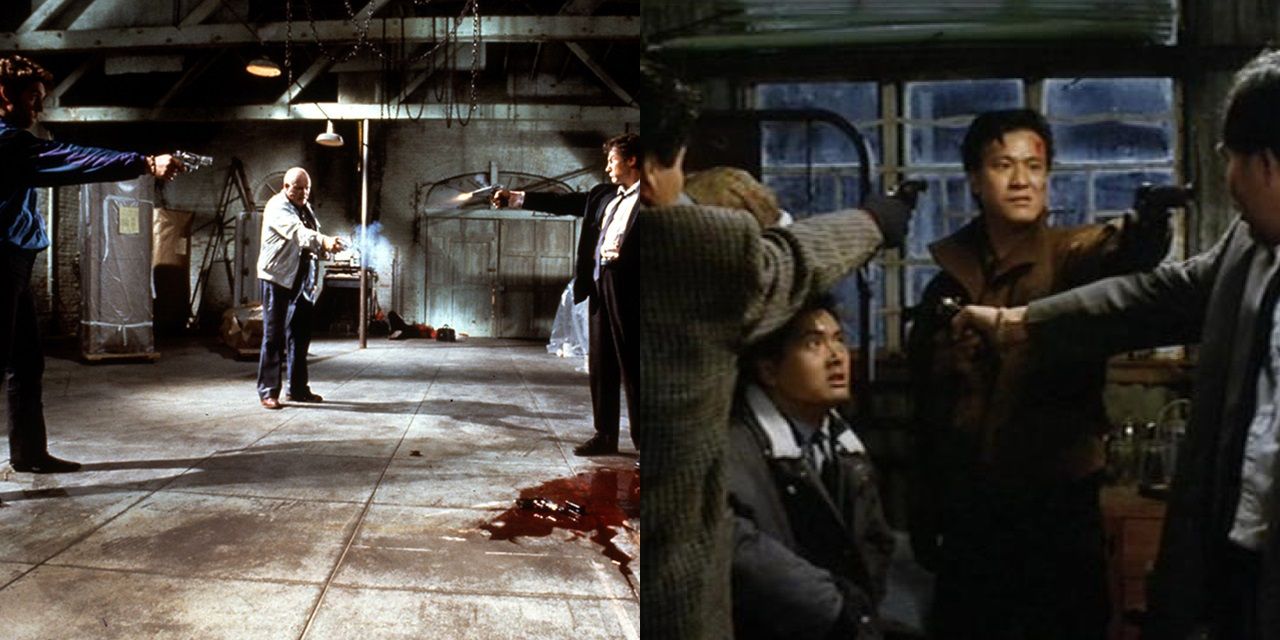
While most of the reviews for Tarantino’s debut feature were glowing, some critics noted similarities between its plot and that of Ringo Lam’s 1987 Hong Kong crime thriller City on Fire. The most obvious influence that Tarantino took from City on Fire is the climactic standoff between the gangsters and the undercover cop among them.
Although Tarantino has sometimes been accused of plagiarizing the whole film, what he really did was take this one crucial scene and extrapolate it into its own movie.
1 The Glowing Briefcase In Pulp Fiction (Borrowed From Kiss Me Deadly)

The contents of the briefcase that Jules and Vincent recover for Marsellus Wallace in Pulp Fiction are never revealed. Whenever anybody takes a peek inside the briefcase, they’re illuminated with an orange glow. This has launched dozens of fan theories about what the briefcase might contain: Marsellus’ soul, Elvis Presley’s gold suit, the diamonds stolen in Reservoir Dogs – the list is endless.
This briefcase is now one of the most iconic MacGuffins in movie history, but it was a MacGuffin in a different movie first: Robert Aldrich’s 1955 film noir classic Kiss Me Deadly, a precursor to the French New Wave that inspired everybody from François Truffaut to Jean-Luc Godard (and, of course, Quentin Tarantino).
from ScreenRant - Feed https://ift.tt/3wGxGGf

0 Comments